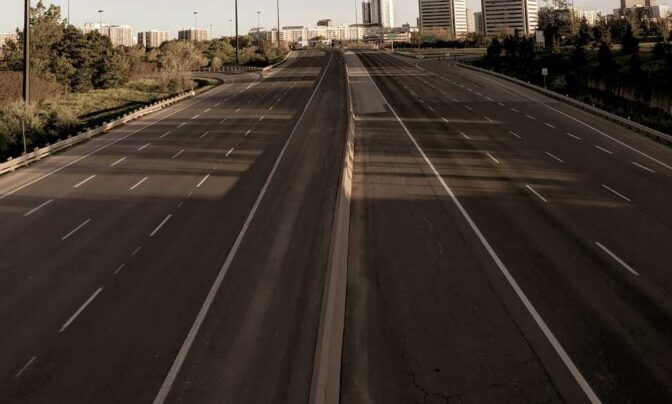Why Urban Tax Pressure Is About to Intensify

The fiscal stress gripping major cities isn’t just visible in headlines—it’s now hard-coded in municipal budgets, and commercial real estate sits at the center of the storm. Across the U.S., office vacancies, softening demand, and eroding property values have created a new reality for local governments. The result? Many city leaders are quickly running out of options—except one: higher property tax rates.
What this looks like numbers:
(Data and rates sources from 2025 municipal budgets, city finance departments, and national commercial real estate studies.)
San Francisco relies on property and real estate business taxes for roughly 29% of its general fund—close to $3 billion every year. With office towers emptier than ever and appeals on commercial values up 539% since 2019, city officials now face budget gaps measured in the hundreds of millions. The city’s discretionary budget has shrunk to just 18% of total spending, further tying leaders’ hands on cost-cutting.
Los Angeles collects over one-third of its general fund from property taxes, more than $2.6 billion annually. However, a $1 billion gap looms, attributed in large part to weakness in the downtown office sector. Recent fiscal reports indicate property tax growth in LA is running well below trend, with ongoing wildfire impacts and the threat of further federal grant reductions adding pressure.
Chicago counts on property taxes for about 21% of its $17.3 billion budget, with commercial real estate comprising nearly half that sum. This year? Nearly $1 billion in projected shortfalls, again driven by surging vacancies and a shrinking tax base.
What’s the calculation from here? As commercial values decline, the property tax “denominator” in city budgets shrinks. But service obligations don’t go away. Municipalities must fund schools, safety, transit, and basic infrastructure, even as commercial tax receipts slide. That leaves only one accessible lever: raising tax rates across property classes, commercial and residential alike.
Effective rates today:
- In Chicago, commercial properties already face an effective rate of 2.08% of assessed value (among the highest in the U.S.).
- L.A.’s average is 0.69%. San Francisco sits at 0.90%—historically moderate but poised to rise as taxable values fall.
For property owners, tenants, and civic leaders, this isn’t theoretical. Unless the office market rebounds at scale, expect the era of steady or falling tax rates to end—replaced by multiyear increases and shifting burdens onto homeowners and business operators alike.
Bottom line:
Tax pressure is no longer an abstraction. With the commercial real estate foundation cracking, city budgets will find relief by turning to property tax rate hikes—no matter how unpopular. At Cavalry, we’re advising clients to proactively model potential increases and integrate local fiscal health into development, acquisition, and investment decisions.
If you haven’t re-run the numbers for your portfolio, now is the time.
BACK TO ARTICLES